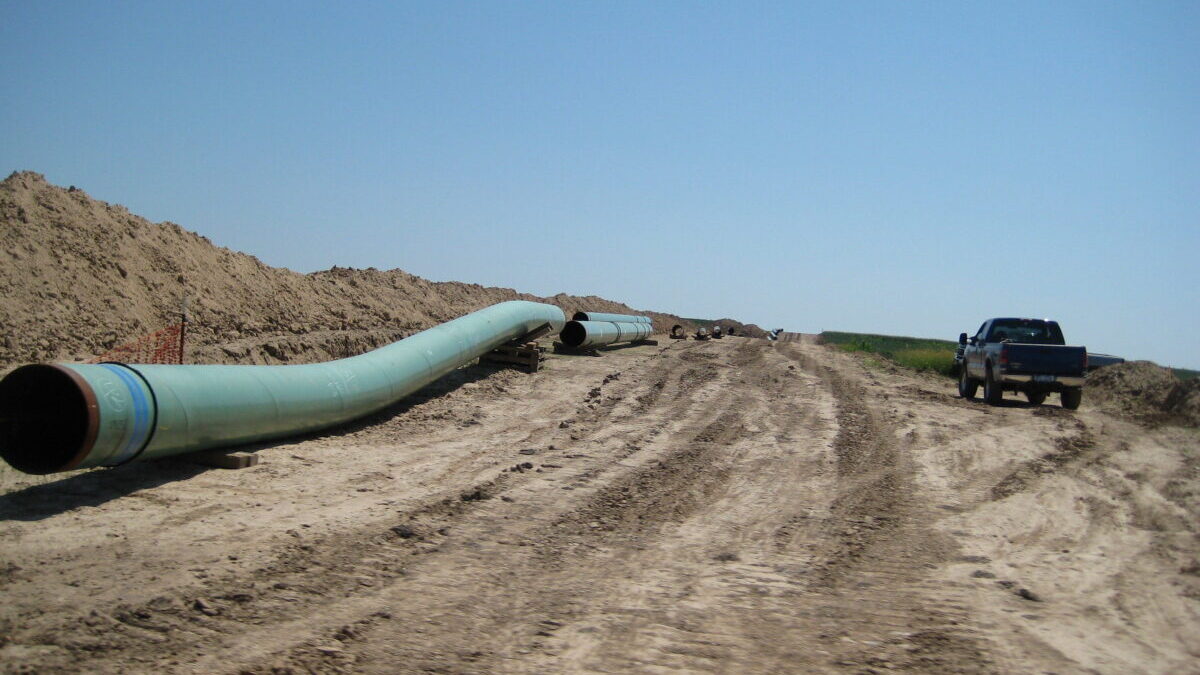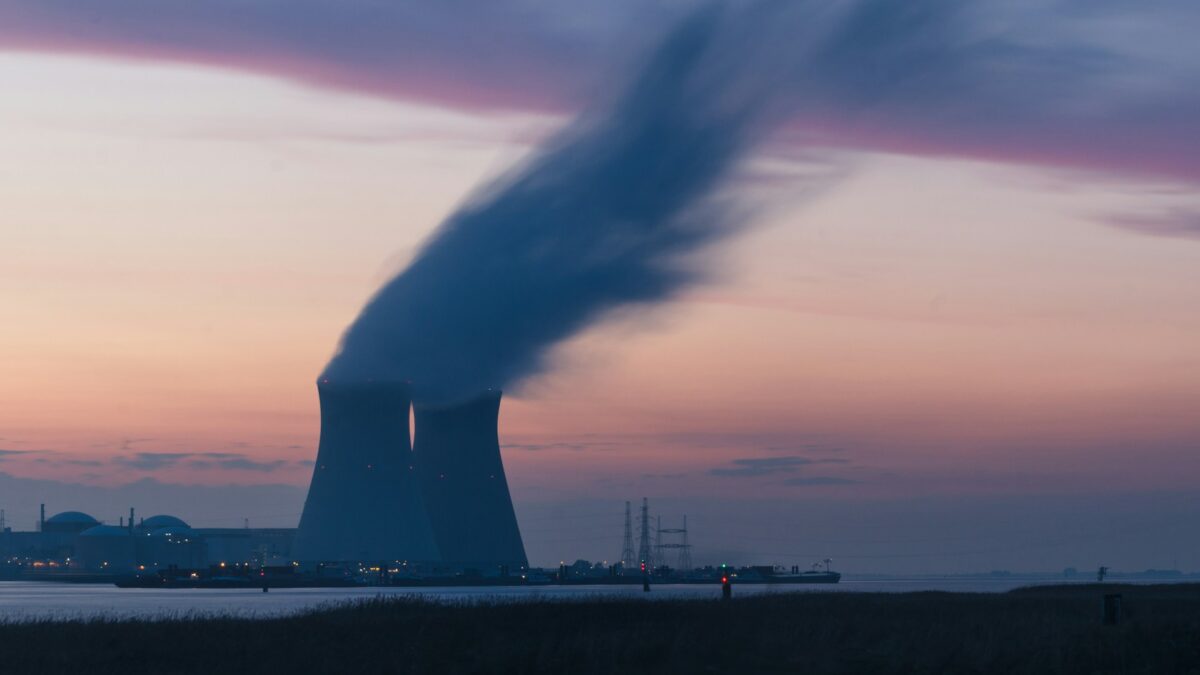In a desperate effort to alleviate pressure at the pump that’s left Americans coping with the highest gas prices on record compounded by inflation, the Biden administration is reportedly seeking ways to import more oil from Canada. Too bad President Joe Biden spiked the Keystone XL Pipeline that was expected to bring 830,000 barrels of Canadian crude to Gulf refineries upon inauguration.
The Wall Street Journal reported Tuesday the White House is now facing the consequences of its own war on domestic energy projects using fossil fuels but refuses to reverse course.
“Biden administration officials are seeking ways to boost oil imports from Canada, people familiar with the situation say, but with one big caveat—they don’t want to resurrect the Keystone XL pipeline that President Biden effectively killed on his first day in office,” the Journal wrote. “The people said deliberations are in early stages and that no clear-cut solutions have emerged.”
Instead, White House alternatives point to rail for transport, undermining the purpose of its Keystone cancellation with environmental risks and emissions elevated in comparison to those presented by pipeline.
“Canada could export some more oil via rail, according to analysts and others familiar with the situation, and it could also pump more oil by increasing pressure on existing lines or by installing larger pipelines along permitted routes,” the Journal added. “Those options, however, offer limited potential because rail transport is expensive and existing pipelines are at or near capacity.”
When explaining options to circumnavigate the surprise shutdown of the Colonial Pipeline after a ransomware attack last spring, Energy Secretary Jennifer Granholm explained her preference for pipe over rail for its reliability.
“Pipe is the best way to go,” Granholm professed, months after the administration axed permits for the Keystone Pipeline while simultaneously setting up European dependence on Russian energy supplies by endorsing the Nord Stream 2.
“Remember, it was the Obama and Biden administration’s own State Department that said Keystone was environmentally sound,” Tom Pyle, president of the American Energy Alliance, told The Federalist. “Instead of giving the green light, though, they mothballed the project for eight years. Had they done the right thing then, Canada’s oil would already be flowing through the pipeline to our refineries in the Gulf of Mexico and we wouldn’t have to go begging for it in places like Iraq and Venezuela.”
Biden has made a habit of demanding the Organization of Petroleum Exporting Countries (OPEC), which includes Iraq, increase output to quell rising prices. The White House has also looked at lifting Venezuelan sanctions to resume imports of its shunned reserves.
Instead of unleashing domestic energy production to meet high demand and counter turmoil in global markets rocked by Russia’s invasion of Ukraine, however, President Biden has sought to empty the nation’s strategic petroleum reserves maintained for emergencies. Last week, Biden announced the “unprecedented” release of more than 180 million barrels of stored crude over a six-month period as the president does everything possible to avoid promoting long-term sustainable American production by reclaiming energy dominance.
“This record release will provide a historic amount of supply to serve as bridge until the end of the year when domestic production ramps up,” the White House stated in a fact sheet that also encouraged Americans to buy electric cars to save on gas. Most Americans already grappling with inflation at a four-decade high, however, aren’t likely to save with the average cost of an electric vehicle north of $56,400, according to the Kelly Blue Book in December.
Meanwhile, after Biden’s latest release from the nation’s emergency reserves, the stockpile will be depleted to about two-thirds of its authorized capacity after the president tapped the supplies for political capital last November and in early March.
Biden’s decision to shop Canadian for more oil also overlooks American capacity to ramp up production, with the U.S. Bureau of Land Management (BLM) sitting on more than 4,600 permit applications for drilling industry leaders say could propel domestic supply almost immediately if approved.








